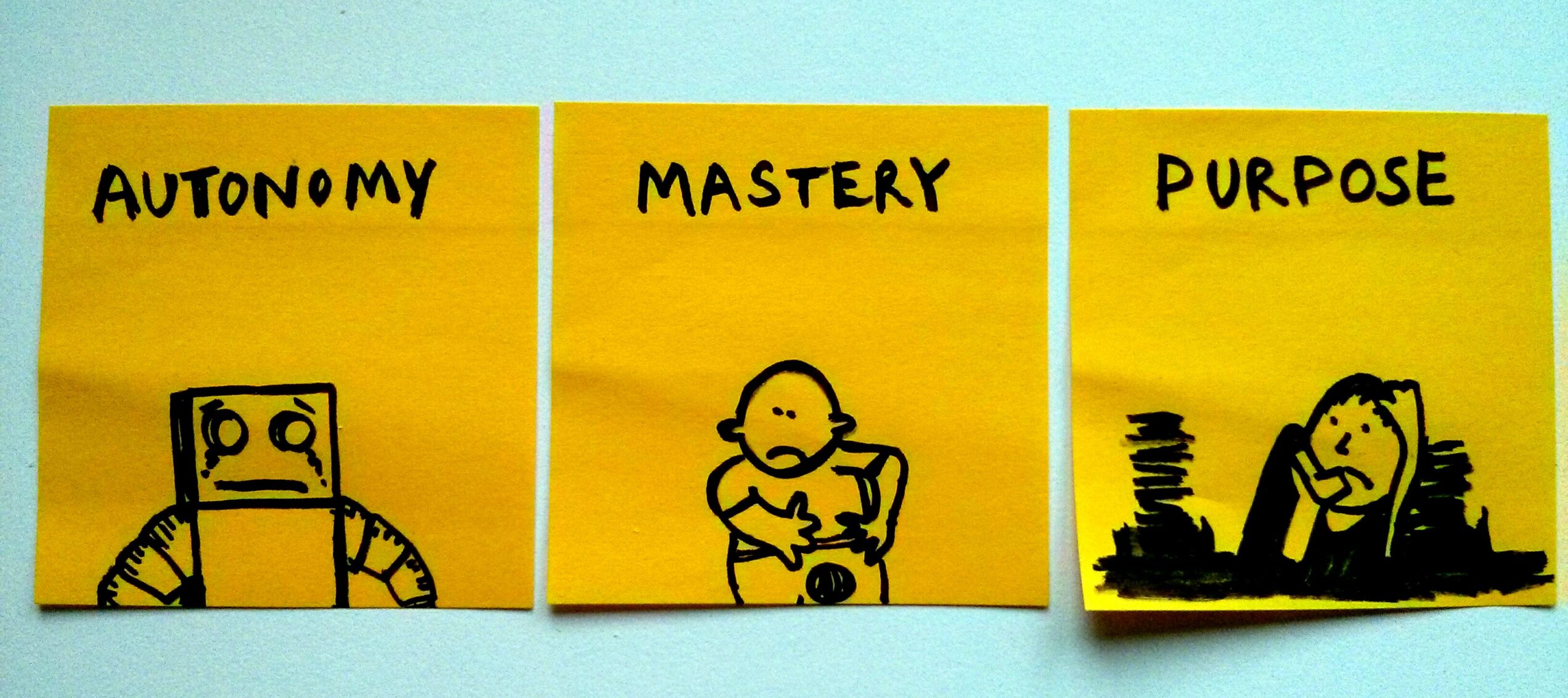
A is for Autonomy at Work– Increase Engagement with SCARF
Autonomy at Work–What Is It and Why Does It Matter?
Autonomy at work is feeling like you are able to make your own choices and have a degree of self-governance at work. It is one of the strongest motivators available; having autonomy at work lessens stress and improves mood.
Dr. David Rock says – A reduction in autonomy, for example when being micromanaged, can generate a strong threat response. Providing significant autonomy in an organization can be difficult. Yet even a subtle perception of autonomy can help, for example by having self-directed learning portals, where employees get to design their learning curriculum, and self-driven human resource systems. Allowing people to set up their own desks, organize their workflow, even manage their working hours, can all be beneficial if done within agreed parameters.
Ways to Boost Autonomy at Work
At Happy Brain Science we boost our self-governance in many ways, including we each design our own working space and define our own working hours.
Below are three of Happy Brain Science’s suggestions to increase Autonomy in the day-to-day at work:
- Have Choices – Just having choice can increase feelings of autonomy and therefore trigger the reward response. Beware excessive choice though–brain science shows that when we choose from fewer options we tend to be happier with the choice we make.
- Remove Roadblocks – Find the bottlenecks and roadblocks and then collaborate with others to generate the ideas, tools and resources needs to remove them. When roadblocks are removed you feel increased certainty that the project can be completed and are able to make meaningful progress. Meaningful progress is a key source of engagement and happiness at work.
- Goal Flexibility – Communicate to establish the freedom to determine when, where, and how, you will work towards your goals.
How does having autonomy increase engagement and productivity? What strategies do you use to remove roadblocks and increase personal choice? Please let us know in the comments below, on Facebook or on Twitter.
Resources for the SCARF series:
- SCARF Model – Influencing Others with Dr. David Rock published by Results Coaching Systems.
- A Brain-based Model for Collaborating with and Influencing Others published in NeuroLeadership Journal by David Rock.
(Note: this post is part 4 of 7 in the SCARF Series.)